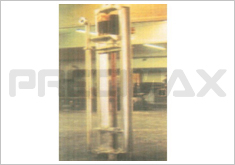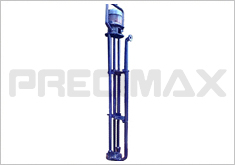Galvanizing is the method of applying defensive zinc coating on steel and iron in classify to check rusting, we take all cautions and supply and offer to galvanizing industry since 1962 over more than 400 clients. Galvanizing equipment are the total option of products which is included as crash guard and guard rail, Galvanizing Plant, General Purpose Galvanizing Plant, Galvanizing Plant for Radiator and Transformer, Galvanizing Dryers, Wire Galvanizing Line and Dryer for Galvanizing Plants. It is design and developing for the utilizing high grade of raw materials and heavy Galvanizing machine in harsh conjunction with the industry set the norms and levels. Galvanizing equipment is usually very well tested in unique details in order that defect free products usually are sent from consumers' place. This equipment is give some advantaged like limited pickling time period, short manufacturing charge, reduced creation price tag, improved productivity etc,.
Galvanizing industry PX-96-CR/GRP or PX-PP/GRP tanks consist of a 4 mm thermoplastic lining with a GRP coating, a steel reinforcement as static element in addition to a GRP exterior coating on the til reinforcement. The PX-96-CR rectangular tank has proved itself for years in the different ranges of applications in the pre-treatment process. The material offers the highest degree of resistance for chemical applications in addition to extreme impact strength under mechanical strain. The tank can be employed flexibly and freely exchangeable within the plant.
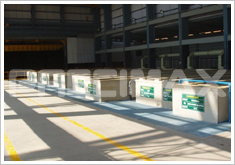
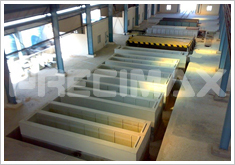
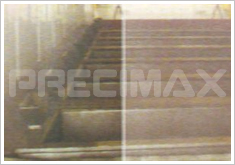
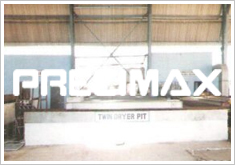

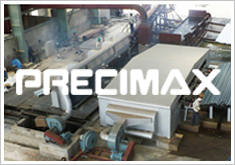
High air flow gives uniform drying/pre- treatment with low heat input. It is often possible to use waste gases from the furnaces as a source of heat.
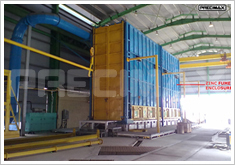
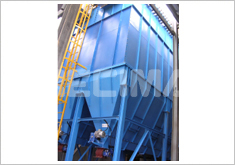
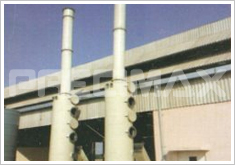
The fluxing bath is being polluted by acid residues and above all by dissolved iron. Consequently it makes the quality of the galvanized material process worse using hot-dip galvanizing. Moreover iron being entrained by a polluted flux into the galvanizner bath binds itself with zinc and precipitates to the bottom. Thus increasing dross.
A continuous treatment of the flux bath will help you get rid of this problem and cut the zinc consumption dramatically. The continuous process is based upon two combine reactions, an acid-base reaction and an oxide reduction. Which correct fluxing acidity and. Simultaneously. Cause the iron to precipitate. The mud collected on the bottom is regularly being tapped and filtered.

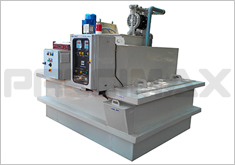
Essential accessory for any efficient galvanizing plant as at regular periodic intervals to remove the molten zinc from the furnace in order to check the kettle wall thickness as also when the tank containing the molten metal leaks, the Pump should be lowered into position slowly to avoid thermal shock and then driven at 450 c. The pump lifts the molten metal through the delivery pipe and is discharged into prepared molds/receptacles for cooling and these ingots can be easily transferred back to the tank at the time of remelting and reuse.
The pump should not be stalled midway during the removal of the Zinc from the tank as this shall choke up the discharge pipe of the Pump with cold zinc. The pump is of submerged type driven by a motor. The pump is complete set with flange etc The Pump consists of the main body with internal parts of high temperature material suitable to handle zinc in molten condition.
The special purpose totally enclosed impeller is driven by a motor through an extended shaft duly coupled. The pump is driven by an electric motor giving a maximum flow rate of 3 tonnes/min and can be operated by a single person during emergency and prevents damage to furnace or kettles.
